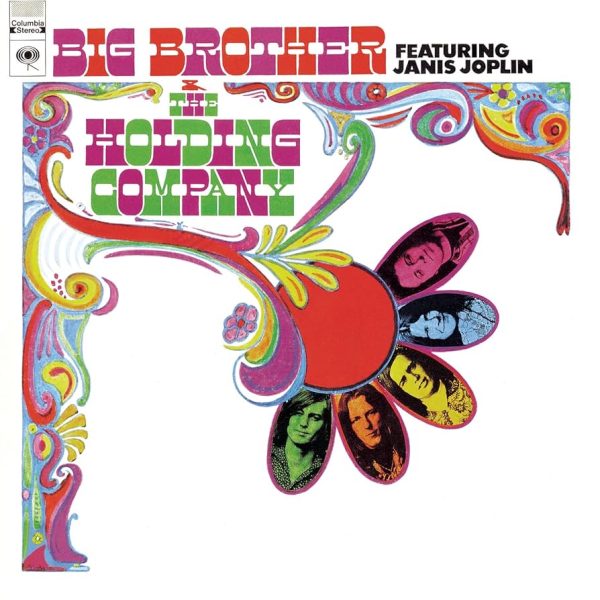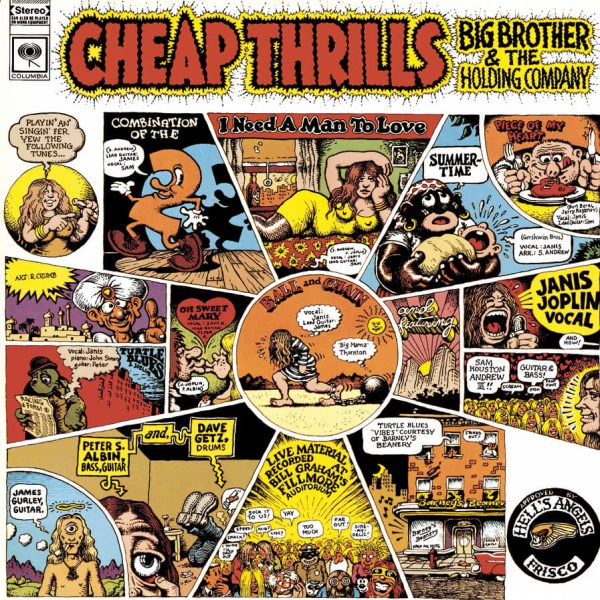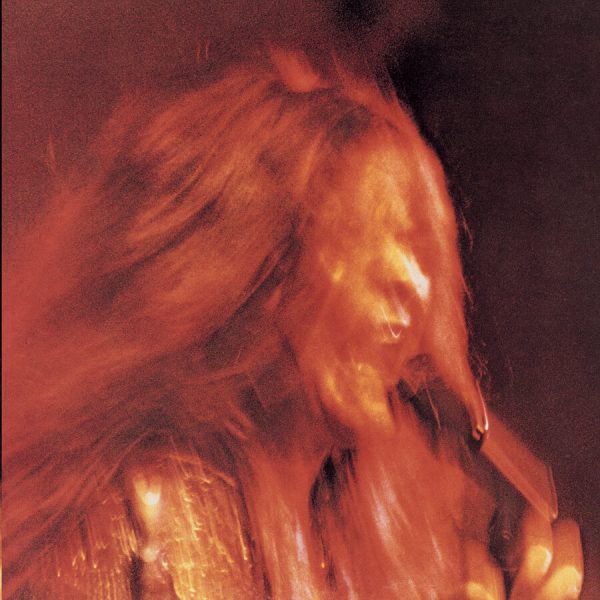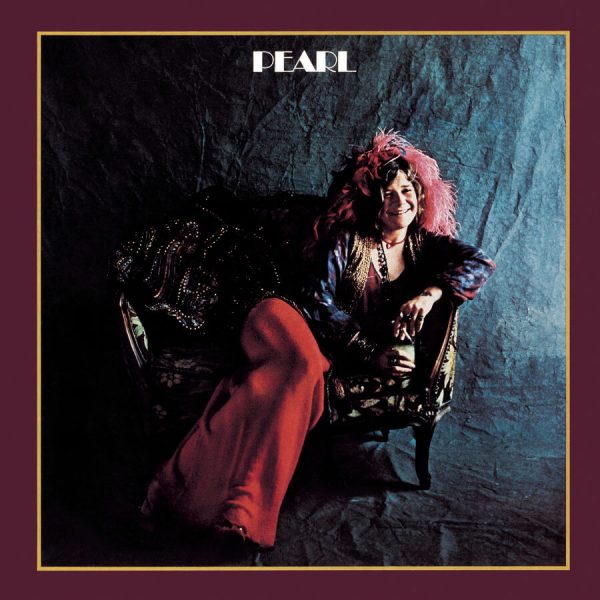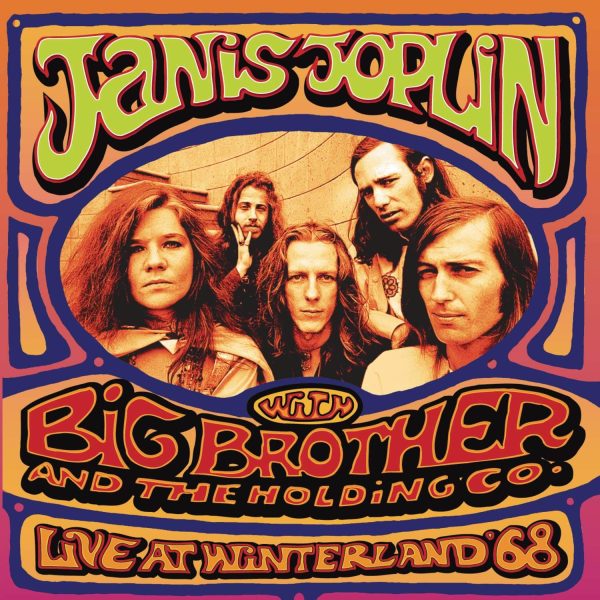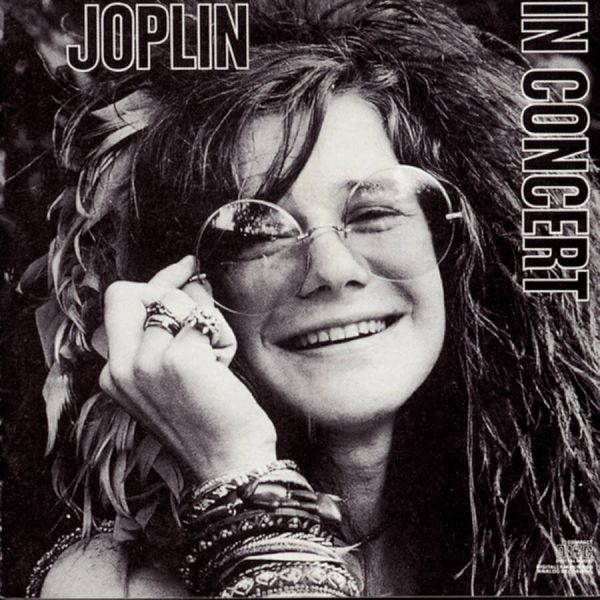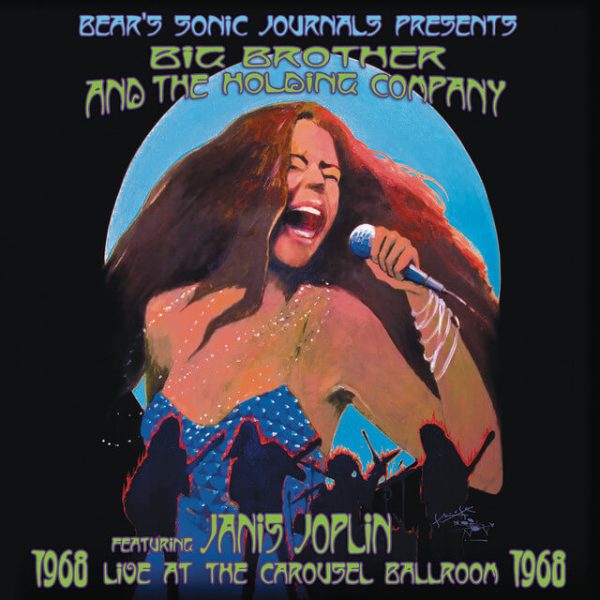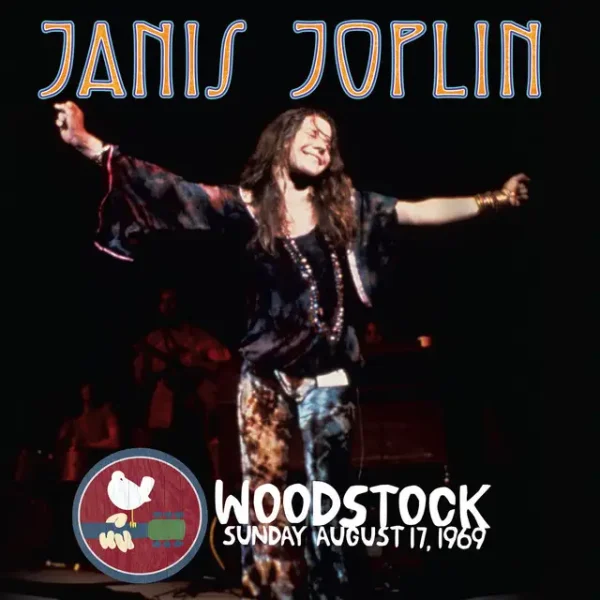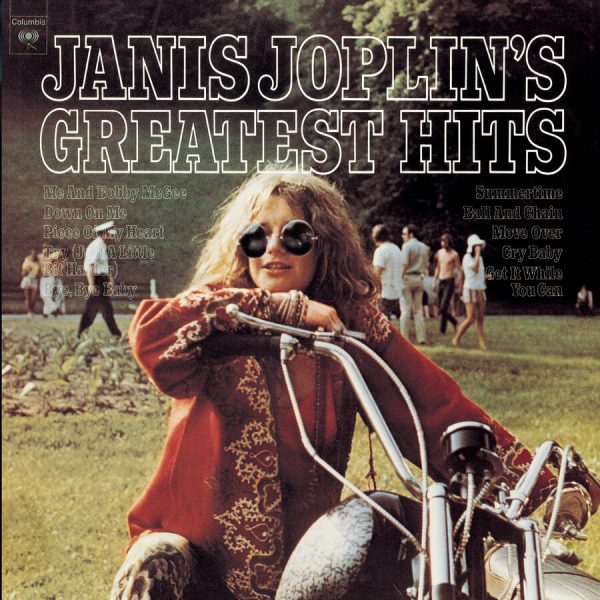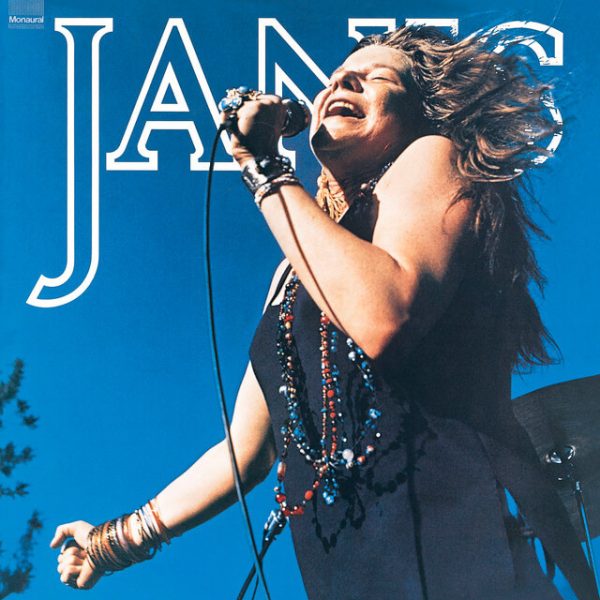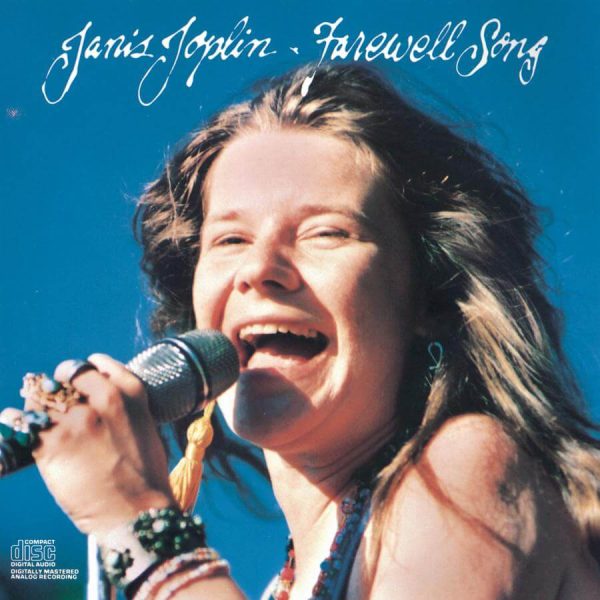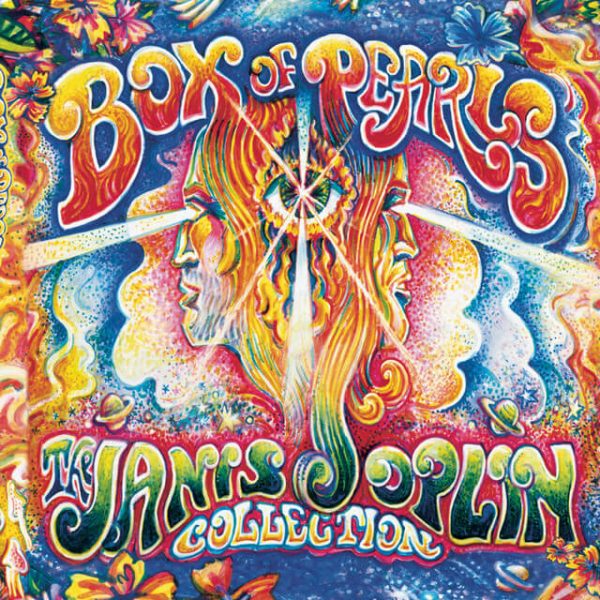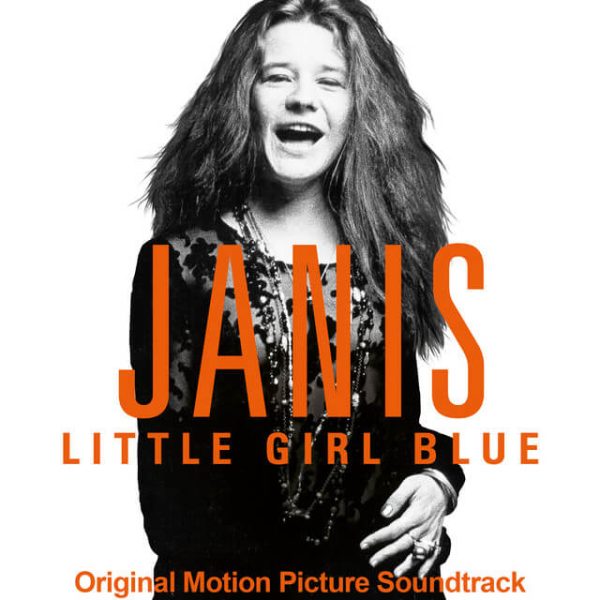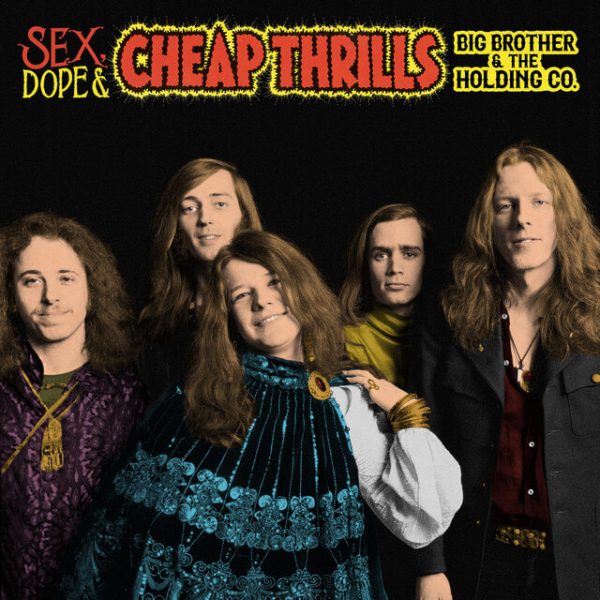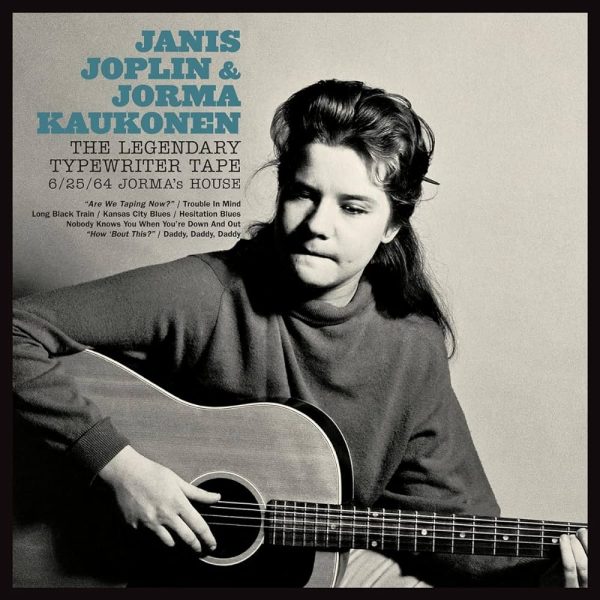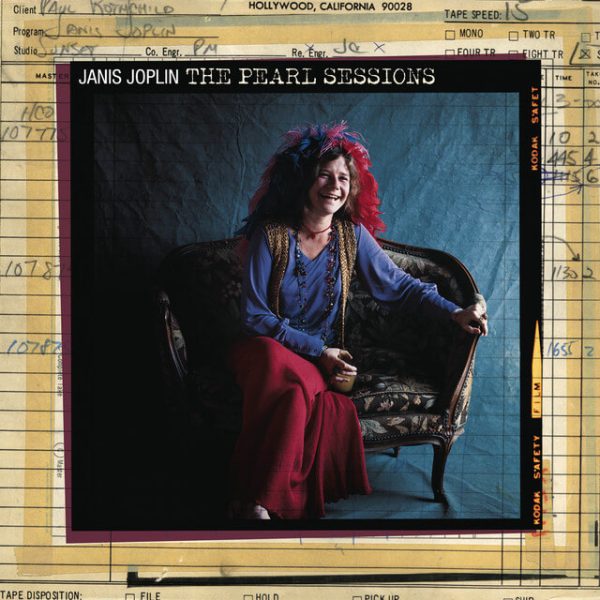IT STARTED
IN TEXAS
That voice – high, husky, earthy, explosive – remains among the most distinctive and galvanizing in pop history. But Janis Joplin didn’t merely possess a great instrument; she threw herself into every syllable, testifying from the very core of her being.
She claimed the blues, soul, gospel, country and rock with unquestionable authority and verve, fearlessly inhabiting psychedelic guitar jams, back-porch roots and everything in between. Her volcanic performances left audiences stunned and speechless, while her sexual magnetism, world-wise demeanor and flamboyant style shattered every stereotype about female artists – and essentially invented the “rock mama” paradigm.
Born in Port Arthur, Texas, in 1943, Joplin fell under the sway of Leadbelly, Bessie Smith and Big Mama Thornton in her teens, and the authenticity of these voices strongly influenced her decision to become a singer. A self-described “misfit” in high school, she suffered virtual ostracism, but dabbled in folk music with her friends and painted. She briefly attended college in Beaumont and Austin but was more drawn to blues legends and beat poetry than her studies; soon she dropped out and, in 1963, headed for San Francisco, eventually finding herself in the notoriously drug-fueled Haight Ashbury neighborhood. She met up with guitarist Jorma Kaukonen (later of the legendary San Francisco rock outfit Jefferson Airplane) and the pair recorded a suite of songs with his wife, Margareta, providing the beat on her typewriter. These tracks – including blues standards like “Trouble in Mind” and “Nobody Knows You When You’re Down and Out” – would later surface as the infamous “Typewriter Tapes” bootleg.
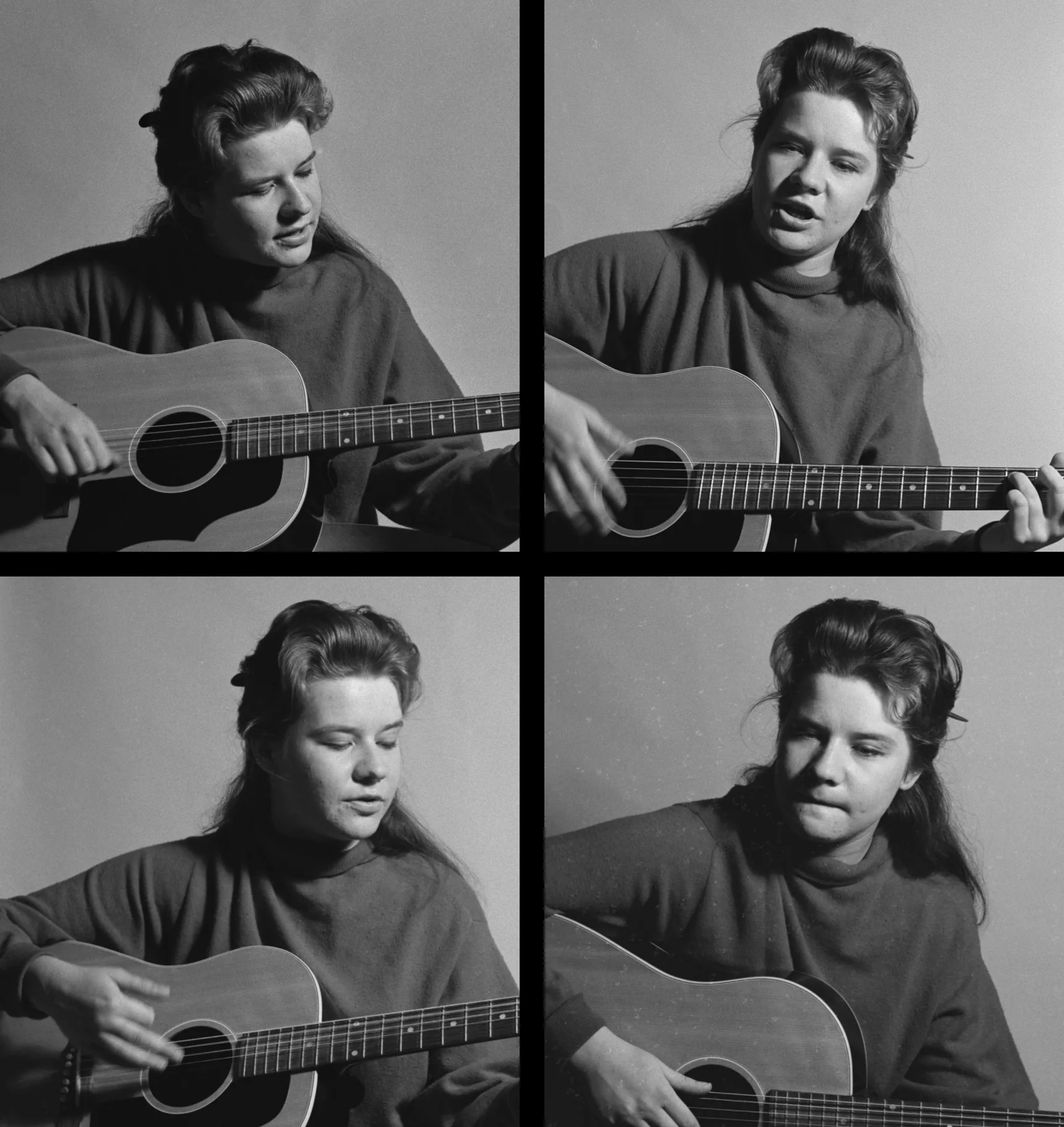
She returned to Texas to escape the excesses of the Haight, enrolling as a sociology student at Lamar University, adopting a beehive hairdo and living a generally “straight” life despite occasional forays to perform in Austin. But California drew her back into its glittering embrace in 1966, when she joined the Haight-based psychedelic-rock band Big Brother and the Holding Company. Her adoption of a wild sartorial style – with granny glasses, frizzed-out hair and extravagant attire that winked, hippie-style, at the burlesque era – further spiked her burgeoning reputation.
MONTEREYPOP FESTIVAL
The groundbreaking Monterey International Pop Festival – June 16-18, 1967 – transformed Janis Joplin’s career while planting the seed for festivals like Woodstock.
Janis arrived at the bucolic Monterey County Fairgrounds as a member of Big Brother and the Holding Company, largely unknown outside San Francisco.
By weekend’s end, she was the subject of global media attention and would be sought after by Columbia Records president Clive Davis and Bob Dylan’s manager Albert Grossman. On her way to superstardom, “the real queen of the festival” – as dubbed by one reporter – would be the highlight of D.A. Pennebaker’s celebrated 1968 documentary, Monterey Pop.
WOODSTOCK1969
Billed as “three days of peace and music”, Woodstock 1969 was the culmination of changes in culture which had taken place across the decade.
Everything from music, literature and fashion to attitudes towards sex and drugs was affected by the social upheaval – as the war in Vietnam raged on, nearly half a million people turned up to demonstrate peace and love was possible.
